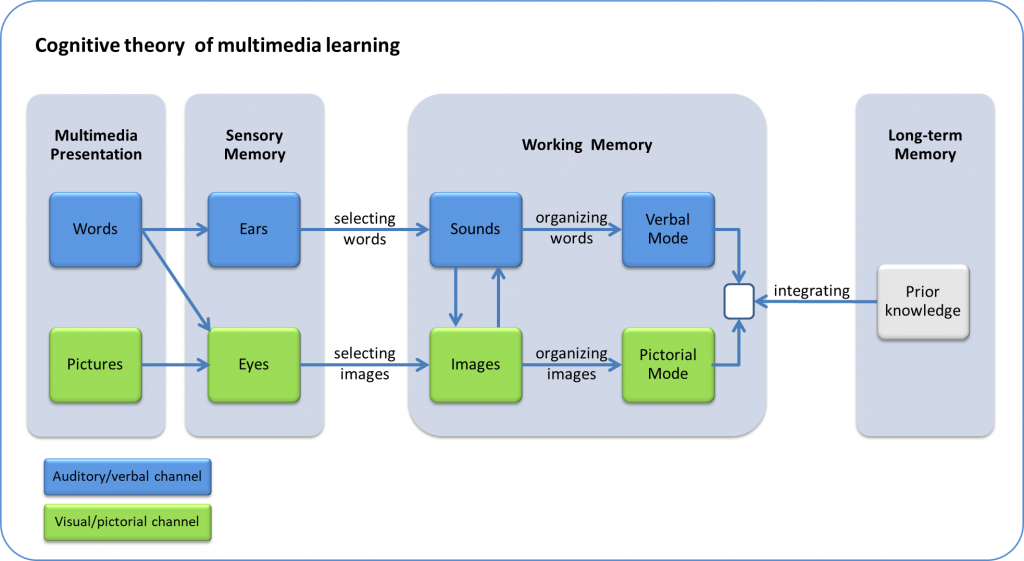By: European Heart Association

Online medical e-learning courses by the EHA are designed according to various learning theories and models. In particular, the Cognitive Theory of Multimedia Learning is one of the main tools taken into consideration during the creation of our modules.
Richard Mayer, Professor of Psychology at the University of California in Santa Barbara, has intensively studied and worked on the Cognitive Theory of Multimedia Learning. Being the author of over 500 publications, he has shared his research in various works, including 30 books and numerous papers. The main focus of his work was determining how people learn, and this has been the primary topic of his theory in multimedia learning.
Learning through Multimedia
The Cognitive Theory of Multimedia Learning focuses on how people learn through various sets of media, which is a subject very fitting in the world of e-learning. The theory puts forth three important cognitive processes that are necessary for meaningful learning. These are selecting, organizing, and integrating.
- Selection of words and pictures – In the first step of learning, the learner concentrates on perceiving relevant words and images from the material being presented.
- Organization – After selecting pertinent data, the learner mentally organizes the data into logical verbal models and visual representations.
- Integration – Finally, these two sets of representations are then integrated with each other and assimilated into prior knowledge.
The illustration below shows this entire process. Words and pictures presented to the learner through multimedia are processed along two discrete, non-contradictory channels. These are the auditory and visual channels where sensory data enters via the eyes and ears. This is also the stage where words and images are screened and selected. They then enter the working memory where the second step occurs – allowing data to be organized into a verbal and visual model. Note that only a few “chunks” of data can be processed at a time in working memory, limiting the learner’s capacity to absorb large amounts of data all at once. After verbal and visual models are established, these are then integrated with each other and incorporated into existing knowledge. This step occurs within the working memory after each section of multimedia instruction presented to the learner.

Implications to e-learning
How then should e-learning courses be designed? Based on this theory, contents of modules should be designed and presented in the following ways:
- An appropriate combination of graphics and words should be used to deliver a good presentation. Putting together appropriate images to go along with verbal stimuli can effectively support e-learning.
- Content is presented as smaller chunks of text or smaller text blocks. This allows the learner to process small amounts of information and integrate these first before moving on to the next set of data.
- When using words, an auditory medium is preferred over a text presentation. This makes the sensory data be processed through separate channels and be later integrated, making the learner able to process data more effectively.
- When using both graphics and text, words are kept close to the graphic.
- For tests and practice questions, feedback should appear on the same page as the question or test. Clark and Mayer’s studies show that a learner obtains better results when elements of learning are not separated from each other.
- Information that is not relevant to the content or situation should not be included in the presentation. This includes decorative graphics and unrelated background music.
According to Mayer, the bottom line of this theory is that: appropriate multimedia, to be an effective tool for learning, should be presented in a way that is consistent with how the human brain works. At EHA, learners can be assured that e-learning is optimized through the appropriate design of modules and courses consistent with learning patterns and cognitive processes.



